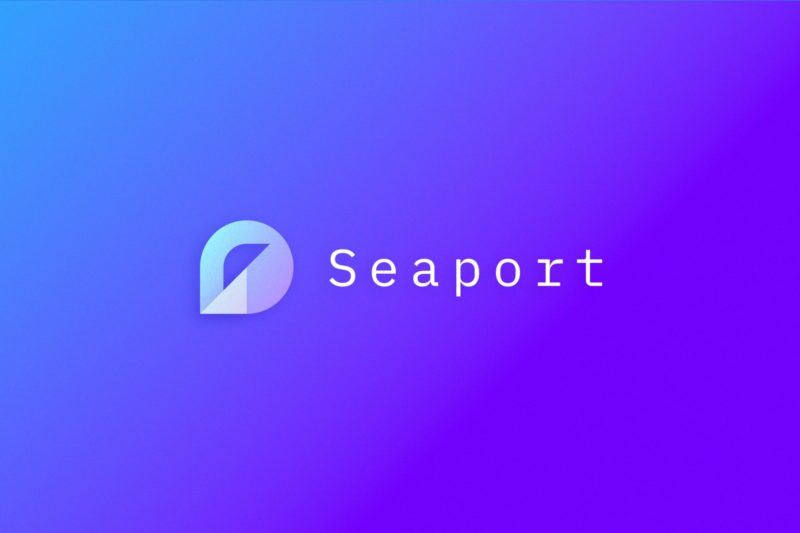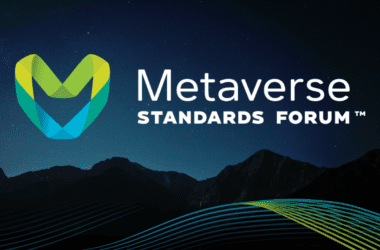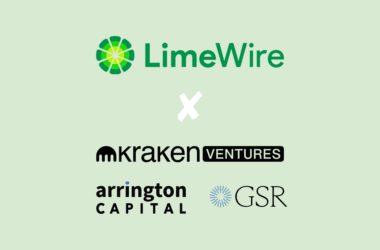Quick take:
- The protocol allows bidders to acquire NFTs using a combination of different assets besides cryptocurrency.
- The protocol will also allow users to bid on specific traits of an NFT collection.
- The protocol also supports tipping, which allows alternative interfaces to include their own fees.
Leading NFT marketplace, OpenSea, today announced a new Web3 marketplace protocol, Seaport, for “safely and efficiently buying and selling NFTs.”
While the marketplace will be building on top of the first iteration of protocol, Seaport is an open-source project available for all builders, creators and collectors of NFTs.
On platforms built using Seaport, “offerers” – can agree to supply a number of ETH / ERC20 / ERC721 / ERC1155 items. Before the offer is accepted, the recipient must receive a number of items indicated by the offerer in a process OpenSea calls a “consideration.”
This means that bidders can acquire NFTs using a combination of different assets instead of only cryptocurrency. For instance, users can offer a combination of NFTs and cryptocurrencies that totals the value of the NFT they are looking to acquire.
Every Seaport listing consists of a signature payload that clearly outlines what can be spent and what will be received back by whom. Users can have their listings fulfilled in a number of different ways.
“The most straightforward way involves choosing a specific listing and creating an implied “mirror” of that listing, where the fulfiller receives all offer items and supplies all consideration items,” the blog posts states.
Seaport also allows people to filter NFTs collections by traits, enabling them to purchase NFTs featuring their preferred trait. Offerers can also combine partial fills of offered items with criteria-based items to create standing offers to buy or sell multiple NFTs that all share a given characteristic.
Each item can also specify a “start amount” and “end amount” which are then compared to the price in real-time as well as the start and end time of the listing to derive a current amount, enabling ascending and descending amount mechanics such as reverse dutch auctions.
Last but not least, Seaport supports tipping, which means a bidder can include additional “consideration” items when fulfilling the purchase of an NFT, as long as they do not tip more than the original offer.
In what seems to be a battle of the NFT marketplaces, platforms have been introducing new features to compete with each other and especially, dethrone Opensea.
LooksRare recently launched a reward program to attract more creators to list their collections on the platform, while Coinbase NFT recently opened for the public, with only 328 NFT sales today according to data by “cryptuschrist” on Dune Analytics.
Despite their best efforts, other marketplaces haven’t been able to beat OpenSea, which – based on data by “cryptuschrist” – still dominates the market with 38,392 NFT sales today as of this writing.
Stay up to date:





